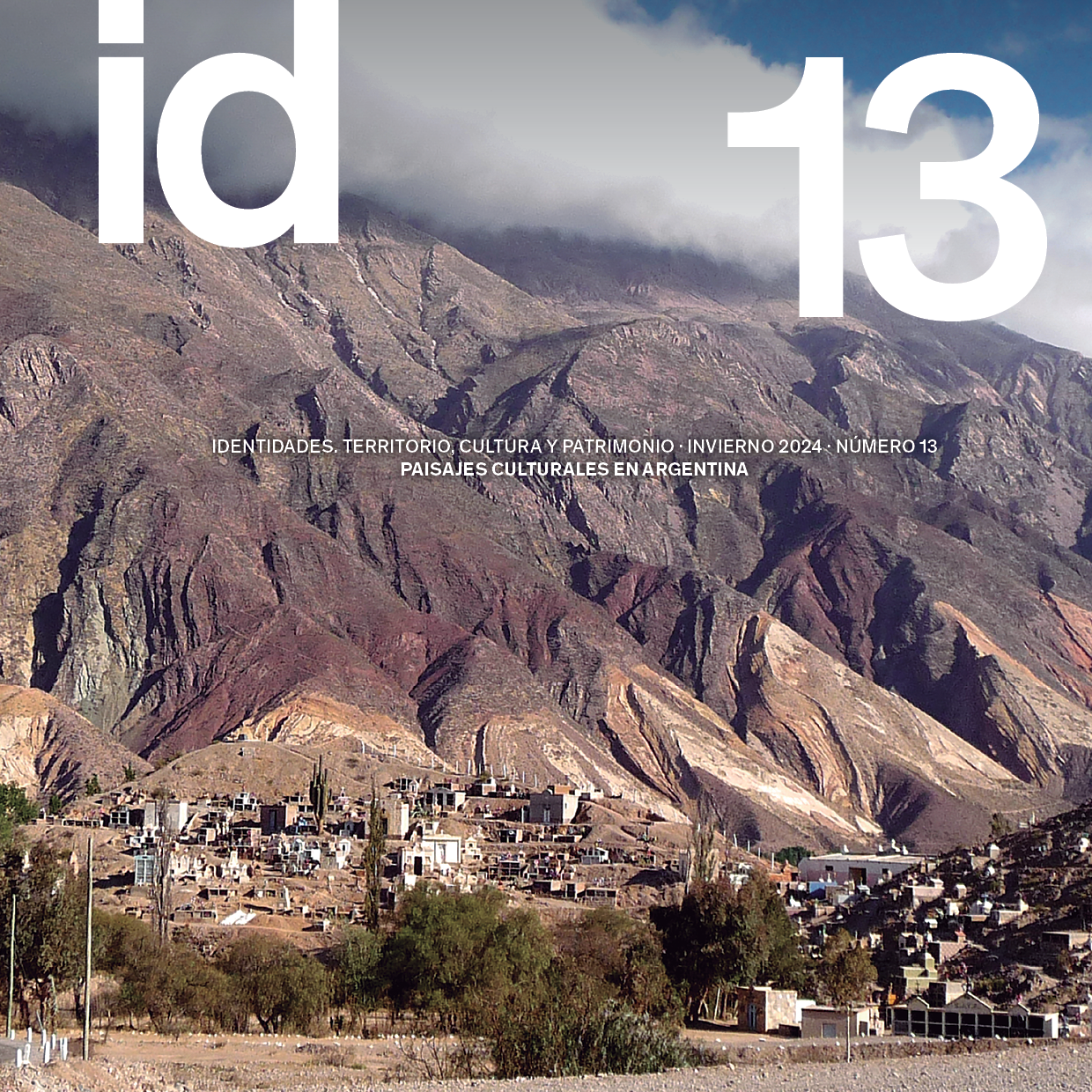PAISAJE Y JARDIN DE LA PRODUCCIÓN ALIMENTARIA Bodegas y viñedos argentinos contemporáneos
DOI:
https://doi.org/10.5821/id.13567Resum
Los espacios productivos de bodegas y viñedos proponen una particular línea de indagación e interpretación en el diseño del paisaje contemporáneo, que interesa mostrar en las prácticas del caso argentino. Este trabajo recorre un “tipo” particular de paisaje y jardín productivo alimentario, la unidad viñedo-bodega de nueva planta, tanto a través del estudio de un conjunto de obras, los autores y su labor profesional, como de los cambios acontecidos hacia finales del siglo XX en las formas de producir y comercializar la vitivinicultura con apertura al mercado internacional y a las inversiones empresariales extranjeras; los usos emergentes entre los que destaca el enoturismo, transformaron y diversificaron de los programas tradicionales y sus respuestas disciplinares. A escala predial interesa presentar analíticamente un recorte de proyectos recientes localizados en zonas rurales de las regiones de Cuyo y Patagonia. En un recorte de proyectos recientes, los resultados obtenidos aportan referencias locales para una aproximación directa a los profesionales paisajistas involucrados, y en particular argumentan el reconocimiento de una categoría analítica interpretativa a escala parcelaria: el jardín productivo y el jardín de proximidad que se aplica en las lecturas de cuatro casos de bodegas y viñedos contemporáneos.
Descàrregues
Publicades
Número
Secció
Llicència
Drets d'autor (c) 2025 Creative Commons

Aquesta obra està sota una llicència internacional Creative Commons Reconeixement-NoComercial-CompartirIgual 4.0.
Aquellos autores/as que tengan publicaciones con esta revista, aceptan los términos siguientes:
- Los autores/as conservarán sus derechos de autor y garantizarán a la revista el derecho de primera publicación de su obra, el cuál estará simultáneamente sujeto a la Licencia de reconocimiento de Creative Commons CC BY-NC-SA- 4.0 que permite a terceros compartir la obra siempre que se indique su autor y su primera publicación esta revista, pero no se pueden cambiar ni se pueden utilizar comercialmente.
- Los autores/as podrán adoptar otros acuerdos de licencia no exclusiva de distribución de la versión de la obra publicada (p. ej.: depositarla en un archivo telemático institucional o publicarla en un volumen monográfico) siempre que se indique la publicación inicial en esta revista.
- Se permite y recomienda a los autores/as difundir su obra a través de Internet (p. ej.: en archivos telemáticos institucionales o en su página web) antes y durante el proceso de envío, lo cual puede producir intercambios interesantes y aumentar las citas de la obra publicada. (Véase El efecto del acceso abierto).













